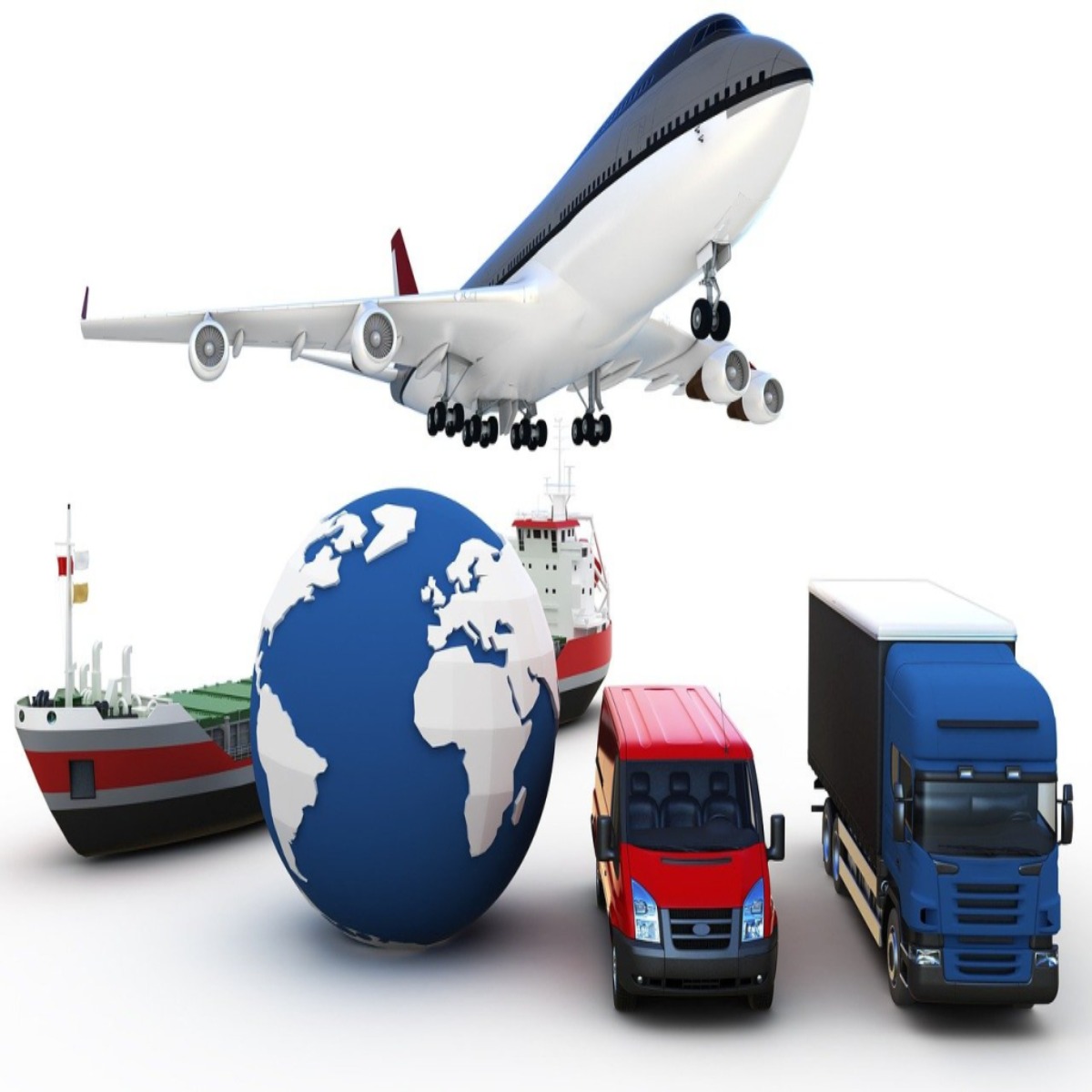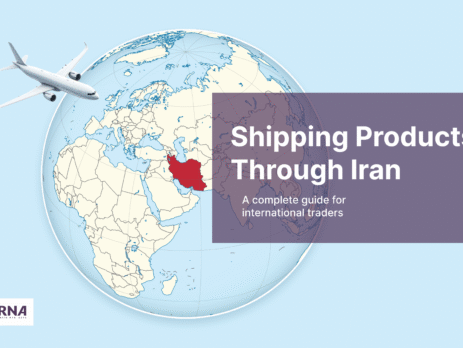shipping products through Iran is a smart, cost-effective method for CIS, Indian, Chinese, Turkish, UAE, and other-region merchants to access international markets. From shipping food, animal commodities, or industrial goods, Iran offers an East to West land bridge option.
However, to make it work, you need to know the logistics, legislations, and challenges of this path. In this guide, we explain everything you need to know for shipping products through Iran from route planning to customs clearance.
 When you are shipping products through Iran, you can choose different ways to move them across the country. The main options that you have are:
When you are shipping products through Iran, you can choose different ways to move them across the country. The main options that you have are:
Why ship through Iran?
Iran connects significant world markets. Iran shares its borders with 15 countries and the Persian Gulf, Caspian Sea, and Central Asia. The following are reasons why the majority of traders prefer shipping products through Iran:- Geographic Advantage: Iran links India and the Persian Gulf with Central Asia and Russia.
- Lower Expenses: Multimodal transport through Iran is normally cheaper than air or ocean freight.
- Time Shortcuts: Land transportation through Iran is faster than ocean transport through the Suez Canal.
- Improved Infrastructure: Iran has well-developed ports, railways, and roads.
Key routes for shipping products through Iran
Depending on where your cargo starts and ends, you can choose the best path for your shipment.1- Southern Port Entrance: Bandar Abbas and Shahid Rajaee
These are major ports for goods arriving by sea from:- India
- China
- UAE
- Southeast Asia
2- Northern Exit Points
For products that are headed to Central Asia, the Caucasus, or Eastern Europe, common exit borders include:- Sarakhs (to Turkmenistan)
- Bazargan (to Turkey)
- Astara (to Azerbaijan)
3- China to Europe via Iran: The International North-South Transport Corridor (INSTC)
The INSTC is a special trade route that connects China to Europe by passing through Iran. Instead of going around Iran by sea or other long routes, goods can travel faster and cheaper using this corridor. Iran plays a key role in this route, helping goods and products move smoothly between Asia and Europe.What documents you need for shipping products via Iran?
Shipping goods through Iran requires proper and accurate documentation. Here’s what most shipments need:- Commercial Invoice
- Packing List
- Bill of Lading or CMR
- Certificate of Origin
- Import/Export License (if applicable)
- Customs Declarations
Customs clearance in Iran
Customs clearance is one of the most important steps when you are shipping products through Iran. Your goods must follow Iran’s import and export laws, and customs officials will check the documents and the cargo. Here’s how the process works:- Document Check: You need to provide documents like the invoice, packing list, bill of lading, and certificate of origin. These must be correct and match the goods.
- Cargo Inspection: Customs officers may open the shipment to check the contents and compare them with the documents.
- Duties and Taxes: Depending on the type of your products, you may need to pay import duties and taxes before the goods are released.
- Customs Broker: Most traders use a local customs broker to manage the process and solve any issues quickly.
Modes of transport within Iran
 When you are shipping products through Iran, you can choose different ways to move them across the country. The main options that you have are:
When you are shipping products through Iran, you can choose different ways to move them across the country. The main options that you have are:
Land freight
This is the most common method. Trucks carry goods quickly and can reach almost any location. Land freight is good for both short and long distances.Rail freight
Trains are good for heavy or large shipments. Iran has many rail connections, especially to Central Asia.Sea freight
If your goods enter Iran through southern ports like Bandar Abbas, part of the route may include sea transport before switching to land.Air freight
This is used for high-value or time-sensitive cargo. It is faster but also more expensive.Multimodal
Many shipments use more than one method of transportation to reach the final destination. For example, sea and road freight or rail and road freight. These are called multimodal or combined transportation. For example a shipment from Mumbai to Uzbekistan can go by sea to Bandar Abbas, then rail to Sarakhs, and truck to Tashkent. A good freight forwarder in Iran will help you choose the best transport type based on your cargo, budget, and delivery time.Why using a freight forwarder to ship products through Iran?
A freight forwarder is a company that helps you move goods from one country to another. If you want to shipping products through Iran, working with a freight forwarder can make the process much easier for you.- They know how to handle customs, paperwork, and different transport routes.
- They can also help you choose the best type of transportation like trucks, rail, or sea based on your cargo and budget.
- This support is especially useful if you are not familiar with Iranian rules or logistics.
Compliance and Sanctions
When you are shipping products through Iran, it's important to follow all international trade rules. This means checking if your products are allowed to move through Iran and making sure they don’t break any sanctions or legal restrictions. A reliable freight forwarder can help you stay updated on these rules and avoid any legal problems. They also make sure all your documents are correct and your shipment is approved by customs.Tips to make your shipping via Iran easier
shipping products through Iran can be complex, but the right steps make it smoother. Here are a few tips:- Work with a reliable freight forwarder in Iran: They help you choose the best type of transportation, handle customs documents, and guide you through every step of the process.
- Prepare documents in advance: Make sure all invoices, permits, and customs papers are ready before shipping.
- Track your shipment: Use tracking tools or ask your freight forwarder for regular updates.
- Understand local rules: Learn about Iran’s import/export rules to avoid delays or work with a freight forwarder.

